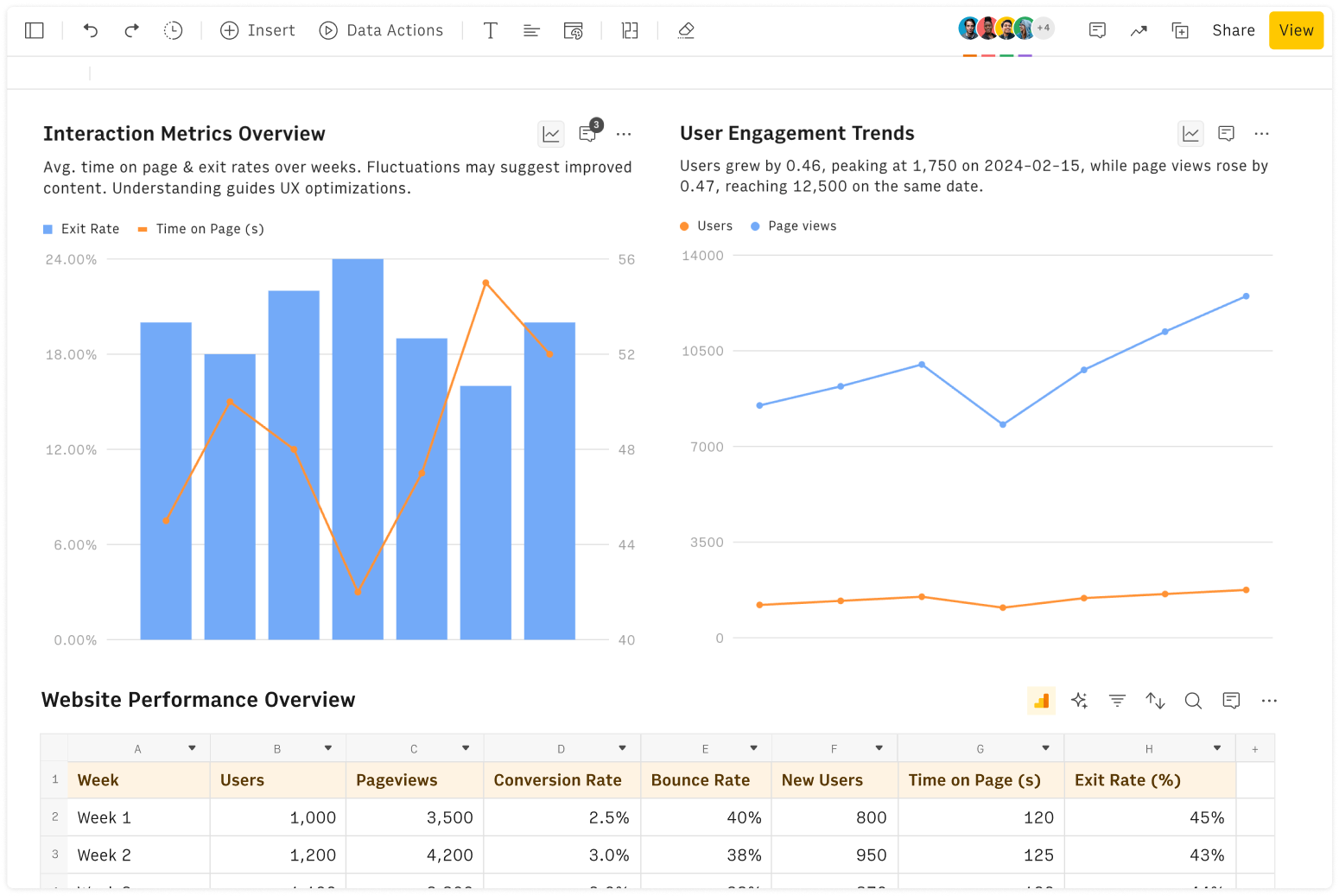What Are The Quartiles?
Quartiles are essential statistical measures that divide a data set into four equal parts, making it easier to analyze and interpret data. For instance, understanding quartiles helps you see if most of your data is clustered toward the lower end, evenly spread, or concentrated at the higher end.
Quartiles Calculation
Calculating quartiles can be broken down into a few simple steps. Here’s how you can do it:
Sort Your Data Set:
Quartile calculations require your data to be ordered. Start by arranging all the data points in ascending order, from the smallest to the largest.
Divide the Data Set into Four Equal Parts:
Once your data is sorted, the next step is to divide the data set into four equal parts. This division allows you to identify the quartiles, which represent the key percentiles in your data.
Find the First Quartile (Q1):
The first quartile, or Q1, is the point that divides the lowest 25% of your data from the rest. To find Q1, look at the lower half of your sorted data and find the middle value. This is your Q1, which also corresponds to the 25th percentile.
Determine the Second Quartile (Q2):
The second quartile, or Q2, is simply the median of the entire data set. This value splits your data into two equal halves, with 50% of the data points lying below Q2.
Identify the Third Quartile (Q3):
The third quartile, or Q3, is the value at the 75th percentile of your data. This indicates that 75% of your data points fall below Q3. To find Q3, locate the median of the upper half of your data set.
Example 1: Suppose you have the following data set: 15, 22, 29, 34, 37, 40, 45, 50. To find the quartiles:
Q1 (25th percentile): 27.25
Q2 (50th percentile or median): 35.5
Q3 (75th percentile):41.25
Q4: 50
Example 2: For a different data set: 10, 14, 18, 21, 23, 27, 30, 35, 39:
Q1 (25th percentile): 18
Q2 (50th percentile or median): 23
Q3 (75th percentile): 30
Q4: 39
How to Use the Quartile Calculator
Our Quartiles Calculator automates these steps, ensuring you receive accurate results without having to perform each calculation manually.
Input Your Data:
Start by entering your data set into the calculator. The data should be comma-separated, like this:
10, 14, 18, 21, 23, 27, 30, 35, 39.Calculate Quartiles Automatically:
Once your data is entered, the calculator will automatically sort the data and calculate the quartiles for you. It will display:
1st Quartile (Q1)
: The value where the lowest 25% of your data lies.
2nd Quartile (Q2)
: The median, which divides your data into two equal halves.
3rd Quartile (Q3)
: The value where 75% of your data is below.
4th Quartile (Q4)
: The maximum value in your data set.
Review the Results:
The calculator will also show the Interquartile Range (IQR), which is the difference between Q3 and Q1, giving you insight into the spread of the middle 50% of your data.
Understanding Quartiles
Quartiles provide a detailed view of your data distribution. They allow you to understand the spread and central tendency of your data, helping you identify outliers, skewness, and trends. By breaking down your data into four segments, quartiles enable more nuanced analysis than simple averages or medians.
Quartile Calculations Applications
Quartile calculations are widely used in various fields, including finance, economics, education, and more. For instance, businesses use quartiles to analyze customer satisfaction scores, sales data, and employee performance metrics. In finance, quartiles help assess investment risks and returns.
FAQ
How do you find Q1 and Q3?
To find Q1 and Q3, first sort your data in ascending order. Q1 is the median of the lower half of your data (excluding the median if the data set has an odd number of observations), while Q3 is the median of the upper half.
What is Interquartile Range?
The Interquartile Range (IQR) is the difference between the third quartile (Q3) and the first quartile (Q1). It represents the middle 50% of your data and is a robust measure of variability. The IQR is particularly useful in identifying outliers and understanding the spread of your data. Our Quartiles Calculator also computes the IQR, giving you a comprehensive view of your data’s variability.
What is the third quartile of 20, 21, 24, 25, 28, 29, 35, 37, 42?
For the data set provided, the third quartile (Q3) is 35. This value marks the point below which 75% of the data lies.
What is Q1 Q2 Q3 Q4 quartile?
Q1 (First Quartile) is the 25th percentile, Q2 (Second Quartile or Median) is the 50th percentile, Q3 (Third Quartile) is the 75th percentile, and Q4 refers to the maximum value of the data set, often marking the 100th percentile.







